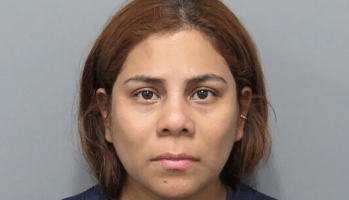NASA learned management lessons from its investigation of the shuttle Columbia explosion 10 years ago.
Ten years ago Friday, a crowd of several hundred people gathered at NASA’s Kennedy Space Center in Florida for the anticipated landing of space shuttle Columbia and its crew of seven following 16 days in space. The craft and its occupants never arrived.
“All of a sudden we realized things were not as they were supposed to be,” recalls Wayne Hale, retired shuttle program manager. “We were in a state of shock, quite frankly.”
Family members of the crew of five men and two women were hustled into vans and whisked to private quarters, where they were given the tragic news as scientists, engineers and managers of NASA pored through data chronicling the catastrophic end of Columbia and its mission, code-named STS-107.
NASA is marking the anniversary with low-key ceremonies in Florida and Texas honoring the crew of Columbia as well as those who died in the Jan. 28, 1986, Challenger shuttle explosion and earlier lost astronauts.
Among those participating are some of the crew family members who were at Kennedy on Feb. 1, 2003. Lost were Commander Rick Husband, co-pilot William McCool, specialists Kalpana Chawla, Laurel Clark, Michael Anderson, David Brown, and Ilan Ramon, an Israeli fighter pilot.
The shuttle broke apart as it re-entered the atmospherer and streaked across the nation’s skies. Parts of the shattered spacecraft rained down across a broad expanses, much of it centered over Hemphill, Texas.
Days later, Milt Heflin, then the chief flight director and now associate director of the Johnson Space Center, walked into a hangar at Barksdale Air Force Base in Louisiana. Bright xenon lights illuminated the “busted, twisted, scorched hardware.” It was, he recalls, “a morgue of high-speed technology.”
CLICK HERE to read story
article courtesy of USAToday.com















